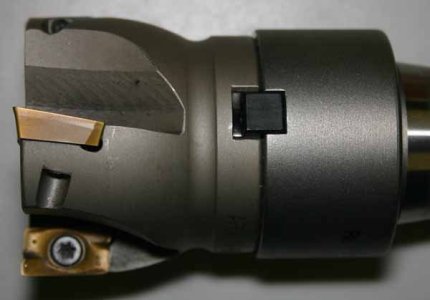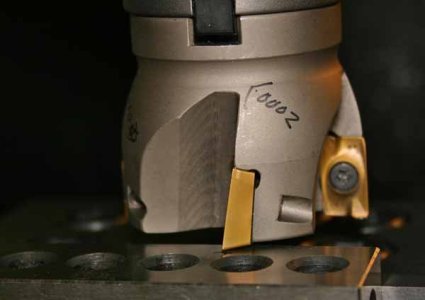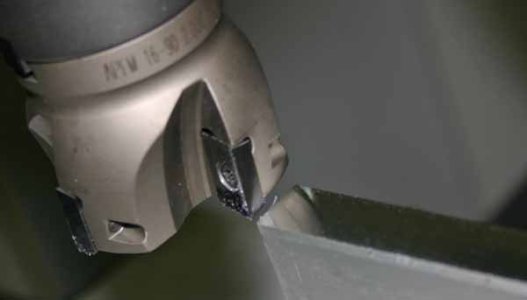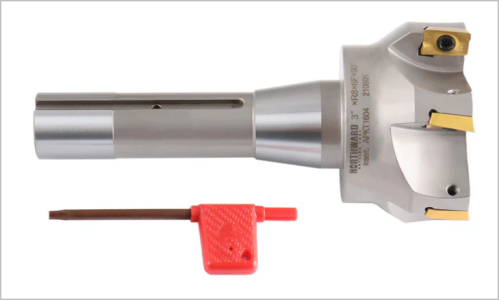If I did it again I would consider an integrated (1-piece) arbor/head model like the Accusize offering. (Not endorsing the seller, just showing their pic). This eliminates a bolt together assembly which is probably better for rigidity, vibration, ultimately finish & total cost. There probably good reasons for shops to have separate cutting heads rather than replicating the arbor, but maybe less applicable to hobby shops. Mine sits permanently on the arbor anyways. And its the only one I have. Bigger area = more passes. I suspect the ones we see are predominantly metric which risks introducing another potential error - do they mean 1" as in 1.00" or is it 25mm & they are trying to be helpful with the math? Its inconsequential on the nominal head OD but can be a source of mismatch on the arbor key. Also, my RF-45 arbor was not the prettiest accessory. Putting a good quality head on a low quality arbor is generally not a good idea, especially for finishing/facing.
You also have to be very cognizant of the tilt & nod of your spindle relative to table/vise datum. It can work its way out of alignment too. Even if you had say a big 6" fly cutter that makes an exceptional surface, the large diameter magnifies any spindle alignment issues. The actual cut will be 'cupped' or faceted even though it looks shiny & uniform o the naked eye. That's not necessarily a flat surface, its a visually pleasing uniform surface. So for smaller machines with limited power or rigidity its more practical to make overlapping cuts with a smaller head. Even with a good end mill, you can make accurate surfaces this way because the misalignment is confined to the single pass.
View attachment 51702




